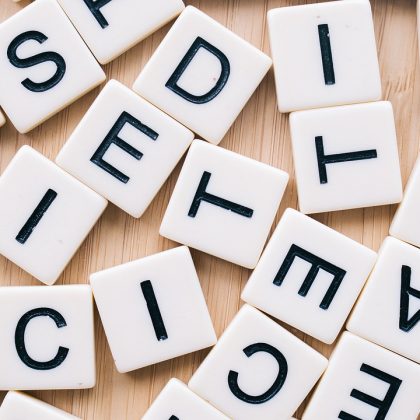Talking by means of the calligraphy brush
This blog accompanies Rebekah Clements’ Historical Journal article Brush talk as the ‘lingua franca’ of diplomacy in Japanese–Korean encounters, c. 1600–1868.
How can we communicate in the absence of a common language? In pre and early modern East Asian diplomacy, the answer to this question was twofold. As one might expect the monks, poets, and scholar-officials charged with diplomatic missions did use interpreters, but this method was regarded as not direct enough. They therefore also turned to a common written code — classical Chinese — and communicated with each other in face to face meetings by means of the calligraphy brush, employing what might be called a “scripta franca” rather than a lingua franca[1]. Drawing on their shared education in the classics of Chinese civilization, men from any two East Asian countries could read the one Chinese document, each in his own language and could compose messages, exchange poetry, and engage in lengthy discussions in written form, without knowing a word of spoken Chinese.
The use of the Chinese writing system for communication in the absence of the ability to speak Chinese was possible because the Chinese writing system uses logographs, that is to say characters representing words or parts of words, rather than an alphabet. Originally these characters were intended to represent words in Chinese. Being logographs, however, classical Chinese characters are not limited to representing words in Chinese and may be associated with any language. As the Chinese writing system was brought to the parts of East Asia now known as Korea, Japan, and Vietnam, Chinese loanwords entered these languages and Chinese logographs came to be associated with indigenous words. Over time, localized reading traditions developed that allowed East Asian intellectuals to decode the logographs and syntax of Chinese texts mentally or aloud directly into their own language without knowing spoken Chinese, which in any case diverged considerably from the classical written language over time. They could also use these reading traditions to produce texts intelligible to other classically trained scholars.
My Historical Journal article examines official records, personal diaries, and illustrations to uncover the realities of “brush talk” as it was practiced in diplomatic missions from the Chosŏn Korean court to the Tokugawa Shogunate in Japan during the seventeenth through nineteenth centuries. I show how brush talk was not an official part of diplomatic ceremony and that in Japan brushed encounters with Korean officials even extended to people of the townsman classes. Brush talk was as much about ritual display, calligraphic art, and drawing upon a shared storehouse of civilized learning as it was about communicating factual content through language. These visual, performative aspects of brush talk in East Asian diplomacy take it beyond the realm of how a lingua franca is usually understood, adding to the growing body of scholarship on how the concept applies to non-western histories.
Read Rebekah Clements’ article in full.
Main image credit: ‘Yui’ from The fifty-three post-stations along the Tokaido highway (Tōkaidō gojūsanji), by Katsushika Hokusai (1760 – 1849), 1931 reprint. Courtesy of National Diet Library of Japan.
[1] Wiebke Denecke, ‘Worlds without translation: premodern East Asia and the power of character scripts’, in Sandra Bermann and Catherine Porter, eds., A companion to Translation Studies (Chichester, 2014), pp. 204-16, at p. 209




